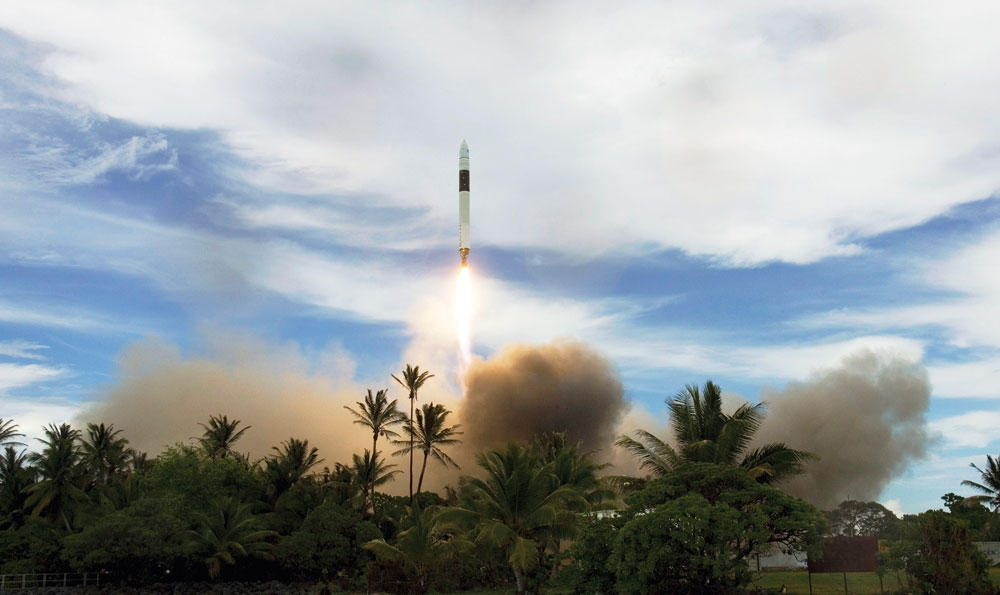SPACEFLIGHT Sustainability and space
Making spaceflight more sustainable
With the number of launches into space likely to soar in the coming years, how much focus within the sector is being given to reducing the environmental impact of this activity? MICHAEL JAEGER, a partner and patent attorney in the electronics, computing and physics group at European intellectual property firm, Withers & Rogers, investigates.

The global space launch services market was valued at nearly $10bn in 2019 and is projected to reach in excess of $32bn by 2027, with small satellite launches driving a major part of this growth. A report published recently by the Highlands and Islands Enterprises, the economic and community development agency for the North and West of Scotland, estimates that over 970 rockets will be used to launch almost 4,000 small satellites from the UK alone by 2031.
In addition to an increased demand for satellite launches, space tourism and long-haul space transport are also likely to contribute to a dramatic increase in rocket launches over the next decade and beyond. With Virgin Galactic, Blue Origin and SpaceX all launching space tourism services in 2021, it has been predicted that the global suborbital transportation and space tourism market could reach $2.58bn by 2031. Moreover, since SpaceX announced that its upcoming Starship vehicle could be used for rapid long-haul transportation on Earth, it has been estimated that the long-haul travel-by-space market could ultimately reach $15bn per year.
The carbon footprint generated by this rapid increase in activity cannot be ignored. A single rocket launch can release up to 300 tonnes of carbon dioxide into the upper atmosphere, where it can remain for years. Although the annual amount of CO2 emitted during rocket launches is currently a mere 1% of that emitted by the aviation industry, other pollutants that are commonly released during these launches, such as soot and aluminium particles, may have damaging effects on the environment at their current rates of emission.
With demand for rocket launch activity growing strongly, the space sector is starting to develop wide-ranging technologies to help improve its sustainability.
Kerosene-based rocket propellant-1 (RP-1) is a widely used rocket fuel, such as in SpaceX’s Falcon 9 rocket, which emits significant amounts of black carbon particles or ‘soot’ when burned during launch. These soot particles can remain at altitudes of 30-50km and can be carried into global circulation patterns. UK-based aerospace company, Orbex, claims that 120 rocket launches emit as much soot as the entire global aviation industry emits in a year.
Solid rocket boosters, such as those used on the Space Shuttle and in NASA’s upcoming Space Launch System (SLS) vehicle, tend to burn a mixture of aluminium and ammonia, which release large, heavy particles of aluminium into the upper atmosphere.
The particles of soot and aluminium released into the pristine upper layers of Earth’s atmosphere during launches can absorb and reflect incoming solar radiation in the stratosphere, which can lead to changes in temperature and radiation levels both at high altitude and at the Earth’s surface. These changes can, in turn, harm the ozone layer, as a warmer stratosphere can increase the rate of chemical reactions that reduce ozone.